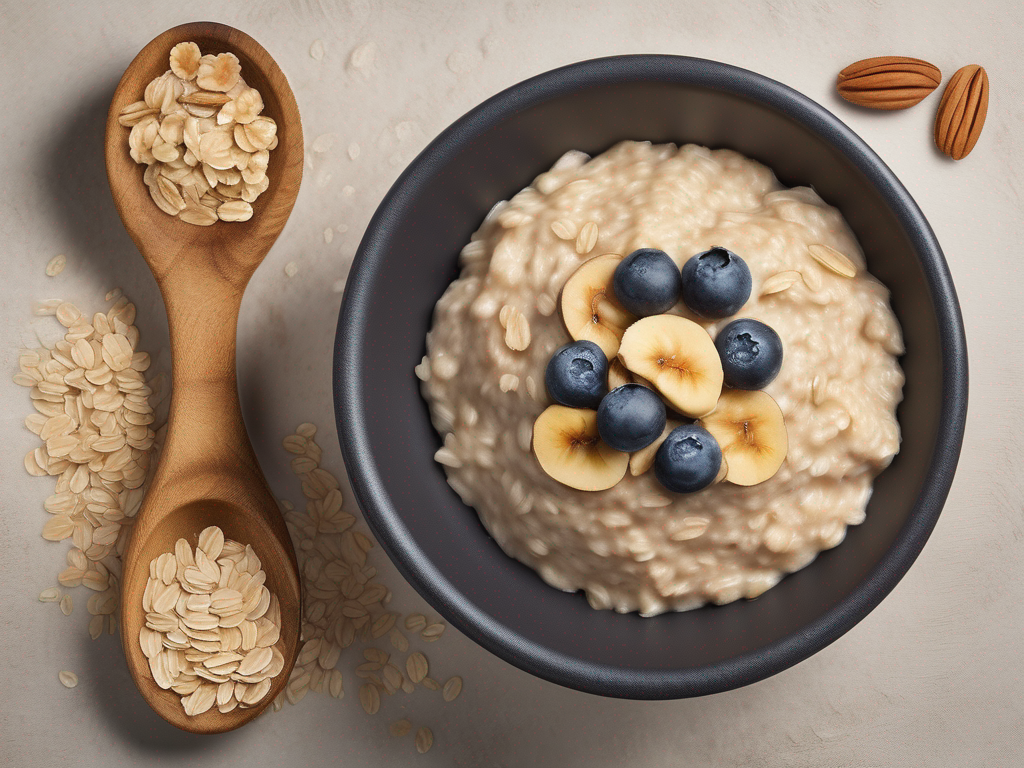
Is It Safe to Eat Expired Oatmeal?
Is It Safe to Eat Expired Oatmeal?
In the world of pantry staples, oatmeal is a beloved and versatile ingredient that can be used in a variety of dishes from breakfast to desserts. However, like all packaged foods, oatmeal comes with an expiration date. But what happens if you find an old container of oatmeal buried in the back of your pantry? Is it safe to eat expired oatmeal? Let's delve into the details to find out. (Oatmeal)
Understanding Oatmeal Expiration Dates
Before we discuss whether it's safe to eat expired oatmeal, it's important to understand the different types of dates you might find on oatmeal packaging:
Types of Dates on Oatmeal Packaging
-
"Best By" Date: This date indicates the manufacturer's estimate of when the oatmeal will be at its peak quality in terms of flavor and texture. Eating oatmeal after this date does not necessarily mean it's unsafe, but the quality may have deteriorated.
-
"Use By" Date: This date is a guideline for when the oatmeal should be consumed to ensure maximum freshness and quality. Consuming oatmeal after this date may pose some risks, especially if it has not been stored properly.
-
Expiration Date: Some oatmeal packages may have a specific expiration date beyond which the product is not recommended for consumption.
Factors to Consider When Eating Expired Oatmeal
When deciding whether to eat expired oatmeal, consider the following factors:
1. Storage Conditions
Proper storage is key to maintaining the quality and safety of oatmeal. Factors like temperature, humidity, and exposure to light can affect the shelf life of oatmeal. Here are some tips for proper oatmeal storage:
- Store oatmeal in a cool, dry place away from direct sunlight.
- Keep oatmeal in an airtight container to prevent moisture and pests from contaminating it.
- Avoid storing oatmeal near strong-smelling foods as it can absorb odors.
2. Visual Inspection
Before consuming expired oatmeal, visually inspect it for any signs of spoilage, such as:
- Mold: Discard oatmeal if you see any signs of mold growth.
- Off Odors: If the oatmeal smells rancid or off, it's best to discard it.
- Pest Infestation: Check for any signs of pests or insects in the oatmeal.
3. Taste and Texture
Even if oatmeal is past its expiration date, it may still be safe to eat if it looks and smells fine. However, the taste and texture may have deteriorated. Cook a small portion and taste it to determine if it's palatable.
4. Nutritional Value
Over time, the nutritional content of oatmeal may degrade, especially if it's stored improperly or past its expiration date. If you rely on oatmeal for its nutritional benefits, consuming expired oatmeal may not provide the same level of nutrients.
Safety Tips for Consuming Expired Oatmeal
If you've decided to eat expired oatmeal, follow these safety tips to reduce the risk of foodborne illness:
- Cook Thoroughly: Cooking oatmeal at high temperatures can help kill any bacteria that may have formed due to spoilage.
- Add Flavor: If the taste of expired oatmeal is not appealing, consider adding spices, fruits, or sweeteners to improve the flavor.
- Monitor for Symptoms: After consuming expired oatmeal, monitor yourself for any signs of food poisoning such as nausea, vomiting, or diarrhea. If you experience any symptoms, seek medical attention.
Conclusion
In conclusion, while eating expired oatmeal may not always pose immediate health risks, it's essential to consider factors such as storage conditions, visual inspection, taste, and nutritional value before consuming it. When in doubt, it's best to err on the side of caution and discard oatmeal that is significantly past its expiration date or shows signs of spoilage. By following proper storage practices and staying mindful of food safety guidelines, you can enjoy oatmeal safely and deliciously. (Oatmeal)
Related Posts
Here are some other articles you might find helpful: